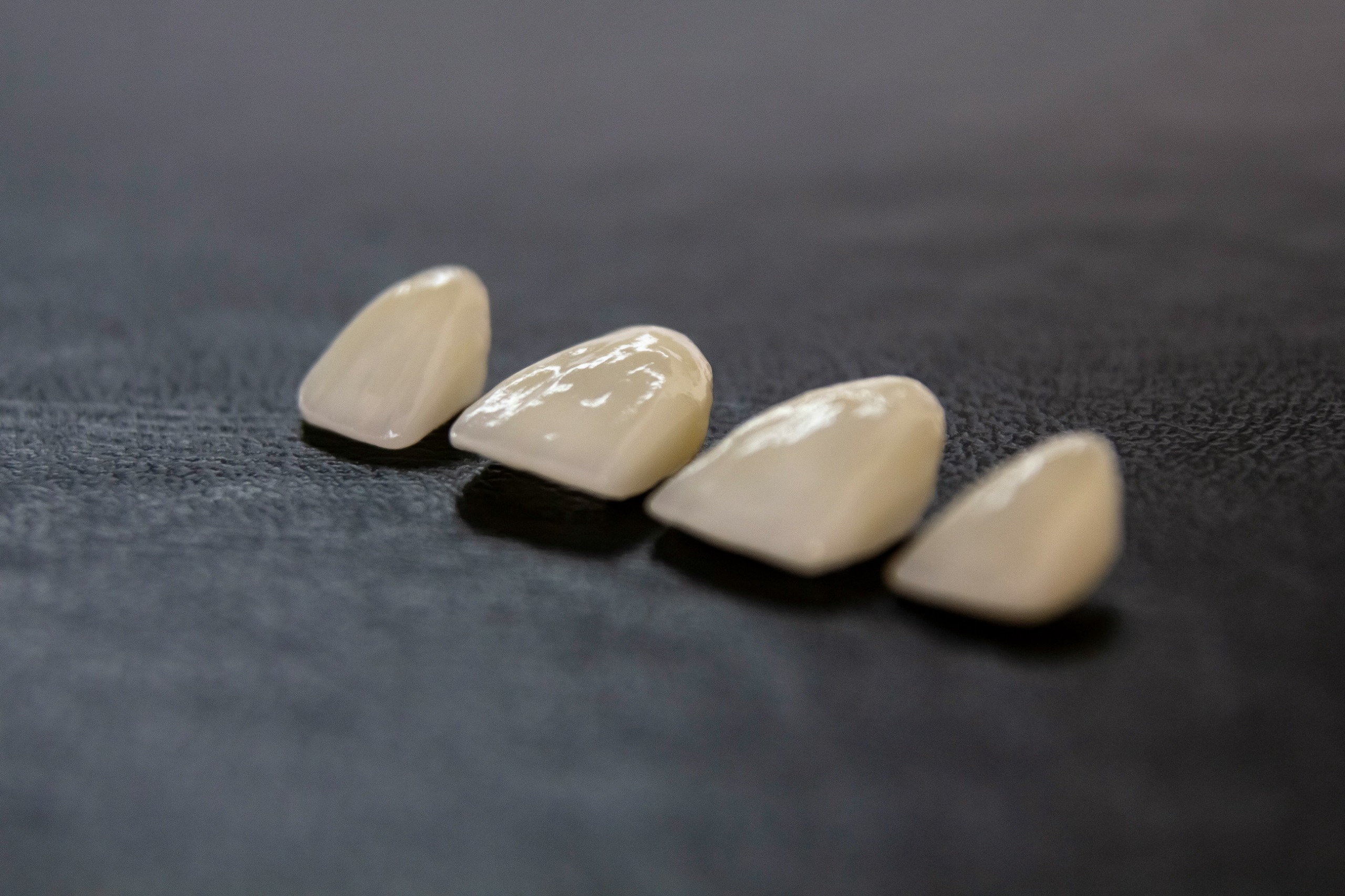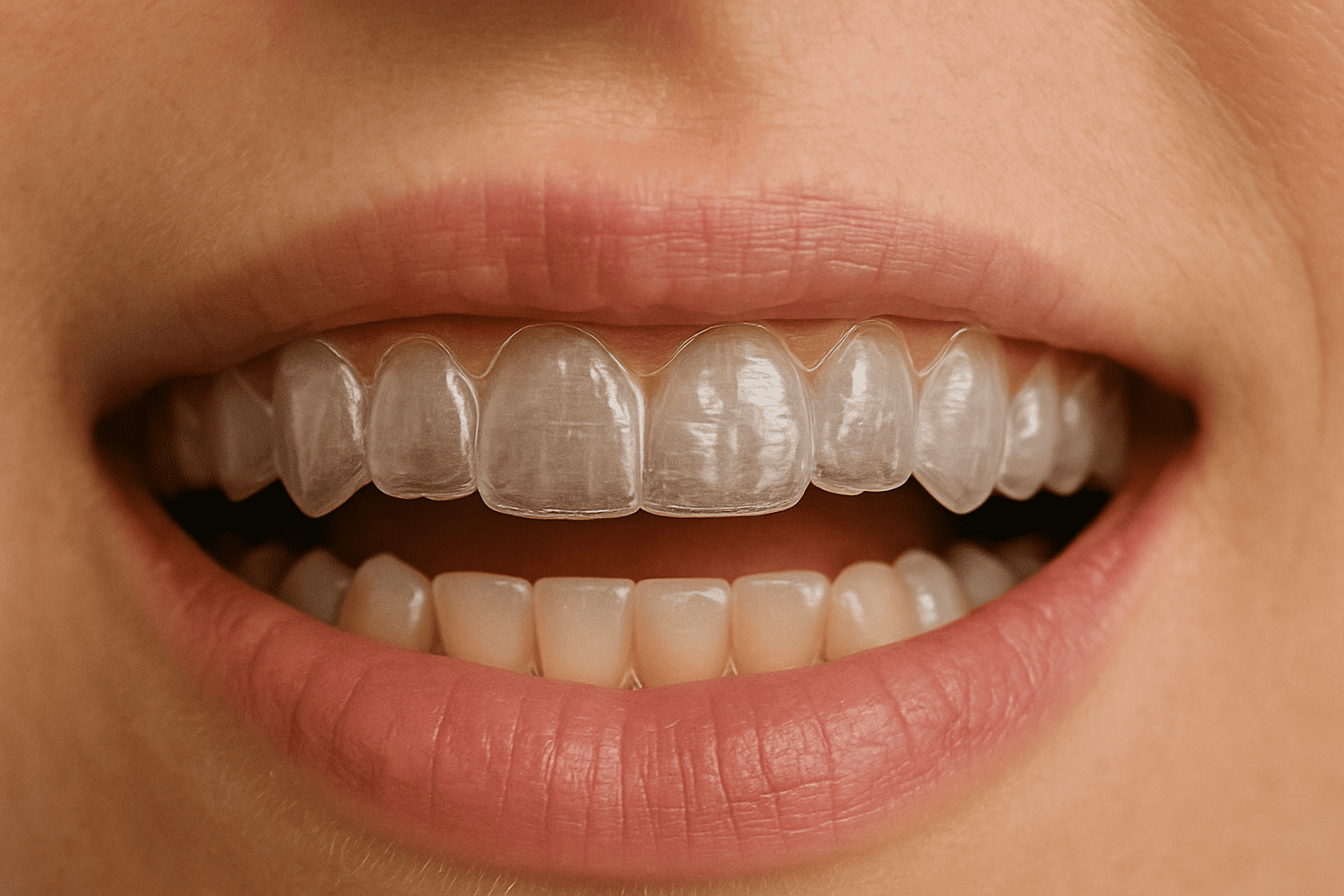Dental Crowns: Types & Procedures
Chipped or weak tooth? We’ll explore dental crowns, their types, procedures, and tips to choose the best one for a strong, confident smile.

Imagine biting into a crisp apple at a family gathering, only to experience a sudden sharp pain and discover a chipped tooth from an accident or underlying decay. Situations like these remind us how susceptible our teeth are to damage, and dental crowns offer a dependable restorative solution. These custom-made caps restore the tooth's function, strength, and appearance, enabling you to eat and smile confidently once more.
Dental crowns differ in materials and placement methods, with selections based on individual needs, such as aesthetics for visible front teeth or durability for back teeth involved in chewing. In this guide, we'll explore the various types of crowns, their procedures, and key decision factors, using clear explanations grounded in dental expertise and current trends to support informed choices for your oral health.
What Are Dental Crowns?
A dental crown, also known as a cap, is a custom-fitted restoration that covers the entire visible part of a tooth above the gumline. It restores the tooth's shape, size, strength, and appearance when damaged by severe decay, fracture, or other issues.
Crowns are typically needed for teeth with extensive decay, cracks, or weakness, such as after a root canal or large filling, or for those worn from grinding, discolored, or misshapen. They also support dental bridges to replace missing teeth, cover implants, or improve bite alignment for better function.
Unlike veneers, which are thin shells bonded to the front surface for cosmetic fixes like minor chips or stains, crowns provide full structural support. Regarding shapes, crowns include full coverage as well as partial options like onlays (covering the chewing surface and cusps) and 3/4 crowns (encasing most but not all of the tooth), which preserve more natural tooth structure when appropriate.
Crowns are versatile, suitable for front teeth where aesthetics like color matching and translucency are crucial, and back teeth where durability for chewing takes priority. They're a cornerstone of modern dentistry due to their effectiveness in addressing diverse dental concerns.
The Different Types of Dental Crowns
Dental crowns are classified primarily by material, which influences their strength, appearance, and suitability. Each type has specific advantages and limitations, tied to aspects like durability, aesthetics, and biocompatibility. Below, we detail the main types, including their fit for front versus back teeth, expected longevity, and maintenance needs.
All-Porcelain/Ceramic Crowns (incl. E-Max, Pressed Ceramic)
These crowns are made entirely from porcelain or advanced ceramics such as lithium disilicate (E.max). Porcelain and ceramic crowns excel in aesthetics, replicating the natural translucency and color of tooth enamel more closely than other types. E.max crowns are particularly selected for aesthetics due to their pressed ceramic construction, which improves natural appearance and strength.
- Pros: Superior natural look with translucency; biocompatible and metal-free, ideal for allergy concerns; resistant to staining thanks to their smooth surface.
- Cons: More prone to chipping or fracturing under heavy biting forces compared to metal options; may require greater tooth reduction for sufficient thickness.
Best for: Front teeth that show when you smile, as they blend in perfectly. E.max can be used for all teeth restorations as it is one of the most esthetic options available.
Porcelain-Fused-to-Metal (PFM) Crowns
PFM crowns feature a metal base (e.g., gold or alloys including palladium, nickel, or chromium) fused with a porcelain outer layer. This combination leverages metal for durability and porcelain for a tooth-like appearance, explaining the hybrid design.
- Pros: Offers a good balance of strength for chewing and aesthetics; proven reliability over decades.
- Cons: The porcelain layer can chip more easily than all-metal crowns, potentially exposing metal; over time, a dark metal edge may appear at the gumline if gums recede; it can wear opposing teeth if the surface becomes rough.
Best for: Durability. These are used to cover discolored or darkened teeth such as after root canal treatment, or in cases where patients have a heavy-bite
Metal Crowns (Gold Alloys, Base Metals)
Constructed from alloys like gold, copper, palladium, nickel, or chromium, these include gold crowns for their biocompatibility and base-metal variants for cost-effectiveness. They provide exceptional durability, resisting wear and fracture effectively.
- Pros: Outstanding longevity (often 20+ years with proper care); require minimal tooth reduction; gentle on opposing teeth and low allergy risk (though nickel may affect some).
- Cons: Distinct metallic appearance, unsuitable for visible areas; initial temperature sensitivity due to the metal's conductivity.
Best for: Back molars where aesthetics are secondary. Ideal for patients with strong bites or bruxism (teeth grinding) who value function over appearance.
Zirconia Crowns
Made from zirconium dioxide, a robust ceramic, zirconia crowns are available as monolithic (single-layer) for maximum strength or layered with porcelain for improved translucency. Monolithic zirconia stands out as one of the strongest options, mixing the durability of metal with ceramic aesthetics.
- Pros: Highly resistant to chipping; biocompatible without metal; stain-resistant;
- Cons: Hardness may wear opposing teeth if not polished well; monolithic forms can be More opaque and feel slightly heavier; adjustments are challenging post-fabrication.
Best for: Front and back teeth, especially high-pressure zones. Excellent for allergy-prone individuals seeking a natural look.
All-Resin Crowns
These are formed from composite resin materials, akin to those in fillings.
- Pros: Quick application and initial color matching; potentially less tooth reduction needed.
- Cons: Less durable, with a lifespan of 3–5 years; susceptible to breakage, staining, and wear.
Best for: Temporary solutions or low-stress, budget-conscious restorations. While often temporary, they can serve short-term permanently, though longevity is compromised.
Stainless Steel/Temporary Crowns
Stainless steel crowns are pre-made metal caps, commonly used temporarily alongside acrylic or resin versions.
- Pros: Rapid placement and effective protection; suitable for interim use, such as for children on their baby teeth.
- Cons: Metallic appearance; not intended for long-term use, lacking the customization of permanent crowns.
Best for: Children's primary teeth or as protection while awaiting a custom crown.
The Dental Crown Procedure
Crown placement follows a standard process, but it can vary depending on the type: traditional multi-visit or same-day using CAD/CAM technology like CEREC for ceramics and zirconia.
Diagnosis and Consultation
The dentist evaluates the tooth through exams, X-rays, and bite analysis, considering preferences such as aesthetics or durability to select the crown.
Tooth Preparation
Under local anesthesia for comfort, the tooth is reshaped by removing outer layers: less for metal, more for porcelain. They take molds to design a perfect fit, checking bite alignment.
Temporary Crown
A resin or Acrylic temporary protects the tooth during the 1–3 week lab wait; You skip this for same-day crowns.
Fabrication
Regular crowns are built in a lab, but same-day ones are cut in the office with computer-aided tools for things like zirconia or ceramic, done in one go.
Permanent Crown Placement
The temporary crown is removed and the permanent one is fitted, adjusted, and cemented. Traditional: 2–3 visits; same-day: 1.
Expect minimal discomfort thanks to the anesthesia; temporary sensitivity may fade quickly. Replacing an old crown follows the same process. Zirconia/ceramic often uses CAD/CAM for accuracy; PFM requires precise color matching to prevent gumline issues.
Factors Influencing Crown Choice
Picking a crown depends on several factors, starting with the location of your tooth. Front teeth emphasize aesthetics (color, translucency), favoring all-porcelain, ceramic (E.max), or layered zirconia for natural integration. Back teeth prioritize durability, suiting metal, PFM, monolithic zirconia, or reinforced ceramics.
Habits like bruxism demand stronger materials (zirconia, metal); milder cases allow porcelain. Allergies favor metal-free (ceramic, zirconia), which are the least likely to provoke reactions.
For aesthetics, a natural feel is key. Porcelain and ceramic are a top choice for that, with little hot/cold feeling or weight difference once settled in. Strength differs: Metal and zirconia last longest (10–20+ years), resin the shortest. Ceramics and zirconia resist stains best because they're smooth and don't absorb colors.
Tooth reduction is minimal for metal/resin and greater for porcelain. In the end, crowns feel like your own teeth after adaptation, without much difference in sensitivity or heaviness.
Cost factors involve material complexity, fabrication (lab vs. same-day), and the steps involved..
Maintenance and Longevity
Taking care of your crown helps it last: Brush and floss every day, using tools like small interdental and single tufted brushes for the edges around the crown. Skip hard things like ice or bad habits like grinding, which can make it wear out faster—especially for porcelain or resin. In many cases, a dentist will recommend wearing a nightguard for long-term protection.
Lifespans:
- Resin might wear down after 3–5 years
- Porcelain and PFM typically last a minimum of 10–15 years
- Metal or zirconia, 10–20+ years or more with daily care.
Crowns can crack from a hard hit or come loose if the glue weakens, but dentist visits catch issues early. Watch for signs like it feeling wobbly, ongoing sensitivity, or sore gums, and get checked right away.
Conclusion
Dental crowns include types like porcelain, porcelain-fused-to-metal (PFM), ceramic, zirconia, lithium disilicate (E.max), gold, metal, resin, temporary, and stainless steel, plus partial ones like onlays and 3/4 crowns for focused fixes. The process ranges from traditional steps to visits with tooth shaping and fitting to quick, same-day options, based on factors like tooth location, your habits, allergies, aesthetics, strength, price, how long it lasts, and maintenance.
The main point is that no crown fits everyone; it's tailored to your situation and daily life. We recommend scheduling a consultation with your dentist to explore your options, as crowns are a reliable way to repair and protect your teeth.






